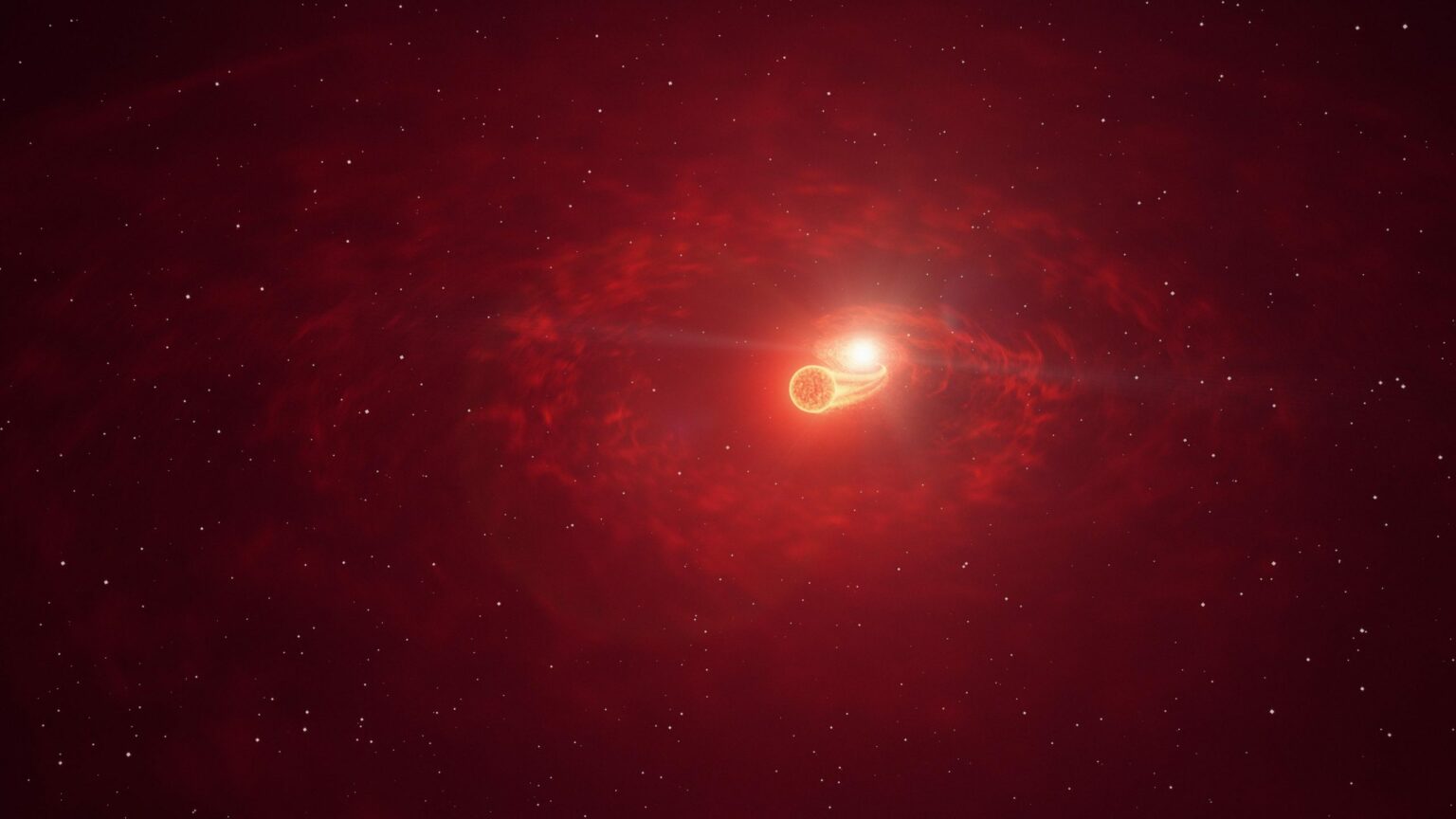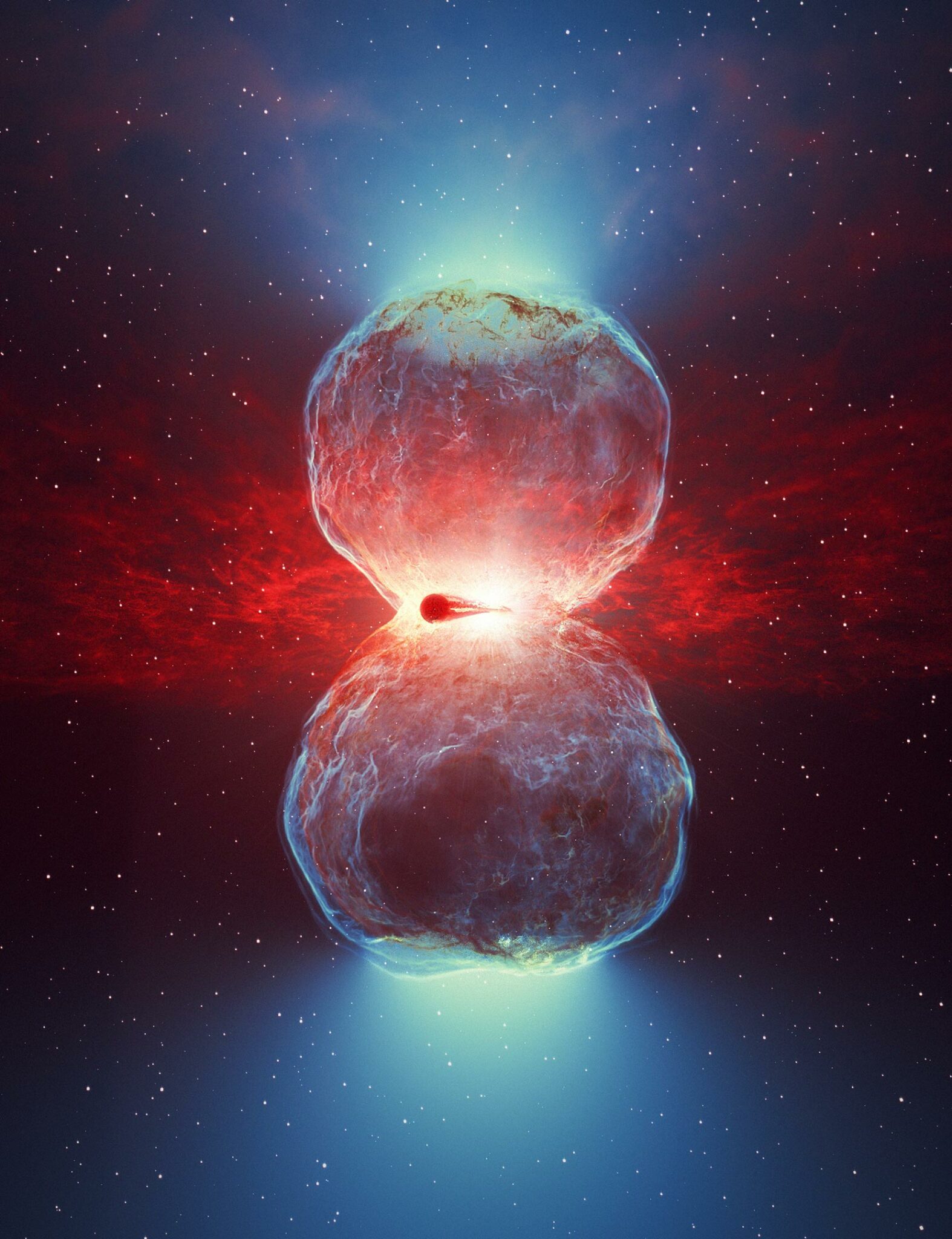A small but very dense star devouring its dying neighbor exploded with the most powerful flash, generating gamma rays of extremely high energy. Such power during the explosion of a star has never been observed before in the universe. The dual system, called the RS Ophiuchus, generated extremely high-energy gamma rays during its last thermonuclear explosion, which was observed by astronomers at the Max Planck Institute for Physics in Munich in August 2021.

Located 5,000 light-years from Earth in the constellation of the Ophiuchus, the dual RS Ophiuchus system consists of one red giant and one white dwarf. The dense white dwarf absorbs hydrogen gas, which is released by the red giant. In the end, the “younger neighbor” absorbs so much material that the star overheats which causes an incredibly powerful explosion, called a nova. This occurs cyclically in recurrent systems. In RS Ophiuchus, the cycle lasts about 15 years.

A group of astronomers observed the latest RS Ophiuchus nova with two Cherenkov MAGIC telescopes arrays in the Spanish Canary Islands. They recorded the presence of high-energy gamma radiation of 250 gigaelectronvolts (GeV) — the highest energy ever recorded in recurrent nova. The explosion caused shock waves that accelerated the particles almost to the speed of light.
“Such powerful flares are probably the source of mysterious cosmic rays,” — said David Green, a scientist at the Max Planck Institute for Physics.
Astronomers will continue to search for similar “aggressive” systems throughout the Milky Way galaxy to further study the interactions within them. The team’s observations were published in the Nature Astronomy journal.
We would like to remind you that a giant explosion of a mysterious nature was recorded in deep space earlier.

